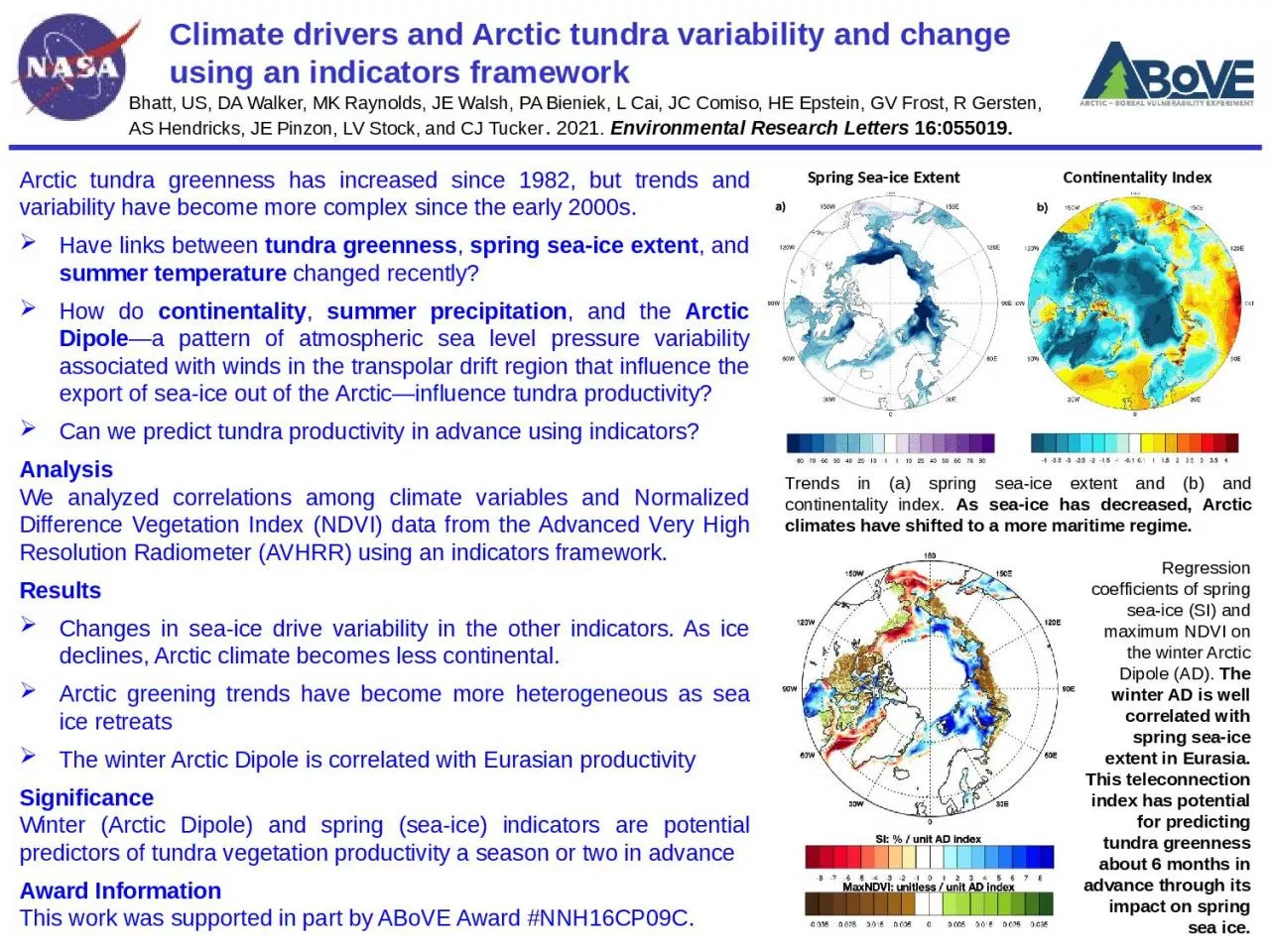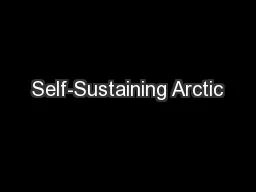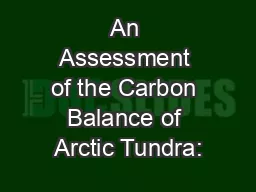PPT-Climate drivers and Arctic tundra variability and change using an indicators framework
Author : christina | Published Date : 2023-10-29
Arctic tundra greenness has increased since 1982 but trends and variability have become more complex since the early 2000s Have links between tundra greenness
Presentation Embed Code
Download Presentation
Download Presentation The PPT/PDF document "Climate drivers and Arctic tundra variab..." is the property of its rightful owner. Permission is granted to download and print the materials on this website for personal, non-commercial use only, and to display it on your personal computer provided you do not modify the materials and that you retain all copyright notices contained in the materials. By downloading content from our website, you accept the terms of this agreement.
Climate drivers and Arctic tundra variability and change using an indicators framework: Transcript
Download Rules Of Document
"Climate drivers and Arctic tundra variability and change using an indicators framework"The content belongs to its owner. You may download and print it for personal use, without modification, and keep all copyright notices. By downloading, you agree to these terms.
Related Documents














